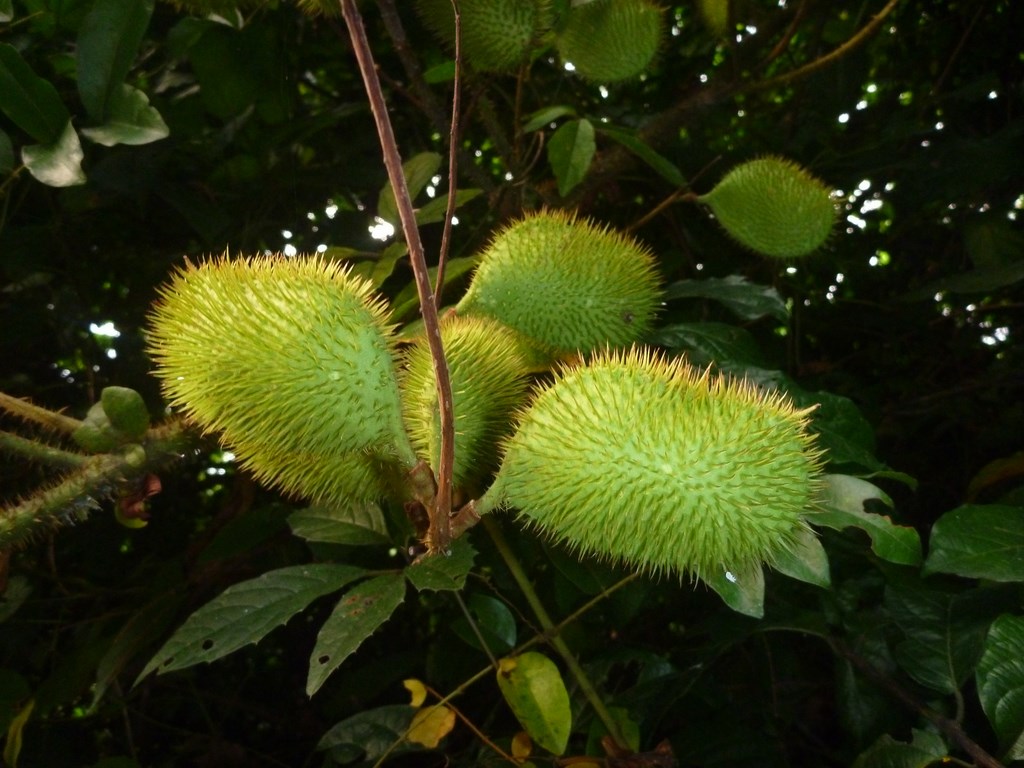The IITA Forest Reserve covers over 300 ha of the Ibadan campus, and is a center of biodiversity, representing a great variety of flora and fauna which are typical of the West African rainforests. Many of the trees and other plants have medicinal uses, and one of these was prominently featured in the August – October 2014 edition of Herbalgram, the Journal of the American Botanical Council.
Deni Bown, IITA Forest Project Manager, wrote an article for Herbalgram about Caesalpinia bonduc, Fabaceae. She described how the plant, with its prickly pods, is widely used for medicinal, leisure, and decorative purposes across West Africa.
“In southwestern Nigeria, the plant is known as ayo and the seeds are popular as beads and counters in games such as ayo alopon—which gets its name from this plant. Currently the most popular medicinal parts are the seeds which are ground and mixed with honey as a tonic and cure-all.
Compounds in the seeds of the plant have also been reported to be effective with antibacterial, antidiarrheal, and antioxidant properties whereas extracts from the roots and foliage have shown anti-inflammatory and anticancer effects.”
“Ayo grows in the new garden for medicinal plants and also in the IITA Forest Reserve,” Deni Bown wrote.


No Comments